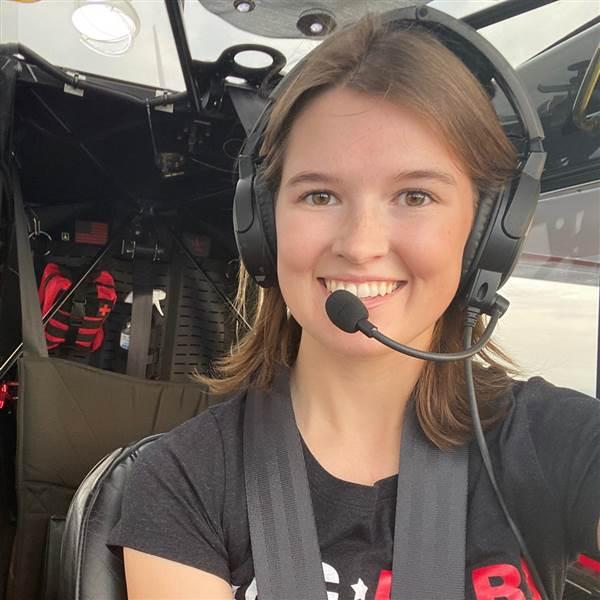
Cayla McLeod Hunt
Contributor
Cayla McLeod Hunt (previously an AOPA social media marketer) is a private pilot with a love for tailwheel and backcountry aircraft. She enjoys flying with friends and introducing others to general aviation.
